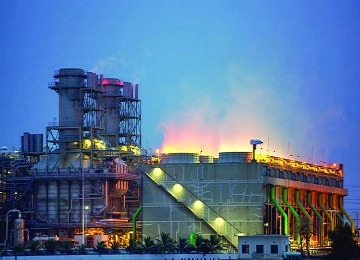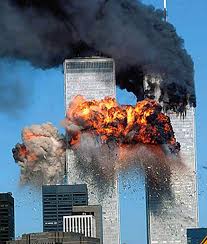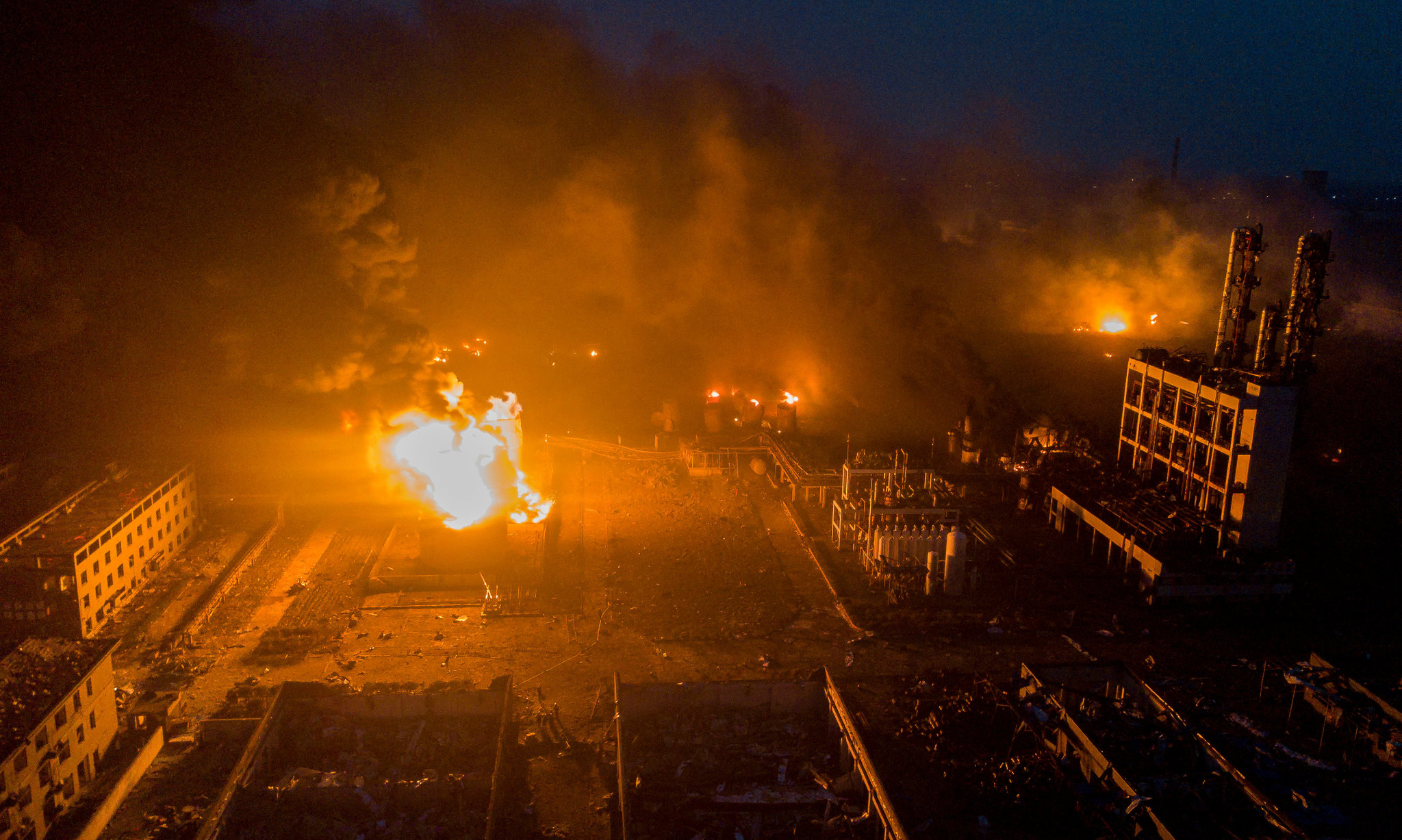


Fire risk in India: emerging challenges
Fire risk in India: emerging challenges
Even though fire is a major disaster, fire safety has remained in the background. Further, while there is a paradigm shift of disaster management in India from relief centric to preparedness, prevention & mitigation, fire safety remains response driven. Therefore, there is very limited focus on fire engineering and other risk management issues such as audit, awareness, capacity building & technology application. There is more focus on fighting rather than fire risk management. Here attempt is made to discuss existing and future risks that the urban and rural areas are likely to face in coming years and what needs to be done.
Risk everywhere
Fire safety is one of the disasters that happens without fail. It is mostly manmade and hence can be prevented its effect largely mitigated with preparedness. It is present in urban areas primarily due to electrical faults. However, it is getting prominence in upcoming townships and the fast expanding existing cities. People moving to cities mostly create habitations in the peri urban areas. The big apartments are also coming up in those areas specially in the bigger cities. The developments in those areas rarely include establishment of fire stations. Unfortunately, most of the new settlements in those peri urban areas are poorly governed in respect of safety norms. Thus the peri urban areas are going to be greater risk challenge.
- Fire safety has always been looked as an urban phenomenon. More so for multi story buildings now known as high rise. Rightly so. But how about the rural areas. Are they not prone to fire risk? The villagers are losing their yearly earnings whenever fire destroys their standing crop or the one harvested and kept in grounds for taking out the grain. It is true that many states have electricity in village households. However, some states are in process of reaching it to all households. When that happens one would be exposed to electric related fire risk too.
- Fire is a major risk to industry and business including IT. No wonder they maintain robust fire fighting systems. FICCI-Pinkerton, India Risk Survey 2018, ranks fire as third major risk
- While the efforts of fire management are focussed on high rise buildings, the unfortunate fact is that most of their incidents occur in low rise buildings. As per available information, 90% deaths occur here only. Hence focus on high rise needs a revisit.
Synergy between stakeholders
Fire safety management requires co-ordinated action among several department and agencies involved in approval, enforcement, capacity building & implementation of fire safety regulation. However, this is concern area. Municipal authorities approve building plans after obtaining no objection from fire services. Departments and agencies of departments such as public works, energy, urban development, water supply, home etc are involved in fire safety activities. They all have their own construction wings. All need to develop their own fire engineering units. There is distinct absence of co-ordinated action among them. In the process there is less vigilance after approval and even it some audit takes place, the violator goes unpunished, many a times.
Fire safety – Demand driven Vs supply driven
Fire safety today is more supply driven than demand driven because there is huge deficit of knowledge of prevailing regulations including Nation Building Code, State/Municipal/ regulations/bylaws and fire safety rule among department/ agencies responsible for giving approval for construction of building and later their implementation. Builders/ architect/engineers are equally unaware as a result the people get what is built by them. Unfortunately, the users, the people are also unaware of the safety.
The result is everyday new fire risks are introduced into our life e.g. new furnishing, leaking transformers, electrical appliances increasing the fire risk. While more importance is given to the interior decorations and beautification of the house, the consumer is almost unaware of the level of fire risk in each of the material used. This needs to change with fire safety becoming more demand-driven with a more alert and aware consumer who is aware of safety norms, building codes, material used etc.
With fire safety being more supply-driven, the onus of fire management largely lies on the government agencies. But, often, the fire management agencies do not have enough capacity for approval or enforcement of basic fire safety norms. Also, once the approvals are issued, there are no further audits to ensure proper maintenance of fire safety measures exacerbating the risk more.
Urbanization
The rapid urbanization in the country and that too unplanned has increased fire risk in urban & semi-urban areas as there is less of regulation in new areas. As it is the unplanned urbanization is fearful in respect of all disasters.
The old parts of cities are extremely vulnerable and pose very big challenge to fire management. First, these lanes are highly populated making it high risk for human casualty. In case of fire, the narrow and congested lanes make it difficult for fire tenders to enter. In case of rural fire, the absence of supply water makes it difficult to take off fire.
Capacity of fire services
The capacity of fire services to address disaster risk reduction is very limited. Hence capacity building needs to be specifically designed for existing and emerging challenges as mentioned above and below. The capacity to audit risk needs to be strengthened, network of fire stations needs to be expanded and community-level awareness should be given top priority. Unfortunately …..
Preventive Fire Management – fire engineering
Therefore we need to focus on preventive fire management, an important component of which is fire engineering largely neglected. Fire engineering implies that the building itself has all the features that is required for fire safety. Fire engineering includes fire prevention engineering and fire safety engineering. It includes uses of technological knowledge to prevent loss of life and property in case of fire.
Fire safety engineers are required to be part of projects as well as the fire services. The fire engineers create an infrastructure that is safe and at the same time meet the requirement of clients, architects and the authority. However there is acute deficit in tis aspect. Neither government departments nor private players encourage this aspect of safety.
Another aspect of preventive fire management is requirement of audit of building in respect of fire fighting systems. The authority responsible for giving the approval and authorities in fire services need to develop capacity for audit of building on regular basis so that the safety systems remain operational and people are aware of safety requirement. Some cities / states have taken the help of private consultant / auditors, empanelled them to be used by the people.
An important aspect of preventive fire management is energy audit i.e. ensuring that the building small or big has energy consumption as per the load sanctioned to it. The builder could have taken electrical connection for a certain energy load. However as years go by, individuals and organisations keep on adding electrical equipment in the houses or establishment as the income rises/ requirements rises. This is causing great concern because the electrical system fail to take the load of additional equipments, putting a strain on the electrical system and fire.
Another aspect of the preventive fire management is awareness among people including authority that are responsible for approval as well as compliance of fire safety measure, that are builders, engineers, institutions and residents of the building. It is commonly known that the community is victim as well as first responder therefore a well aware resident is best responder before the fire and during the fire.
There has been tremendous amount of technological innovations in fire safety. However not much is being used by the fire services and others. Some city fire services may have taken themselves to support of but not all of them.
The fire services are generally not exposed to new technology. Same is the case with the consumers. Some of the technology could be the self illuminating energy sign, home fire sprinkler, smoke & fire alarm and water supply system.
There has been development in micro electronics and sensors to improve home alarm system. Even though sprinkler system reduces the risk of life, still most homes are not equipped with automatic sprinkler systems which are seen in hotel and business houses.
It is known that most building are having centralised AC. Everyone needs to know that there are systems built-in AC system that ensure that there is auto shut-down if there is fire in the building. Thus there are several components of preventive fire management that need to be adopt to ensure that there is effective fire risk reduction in buildings.
All the above constitute what is being called disaster risk reduction in context of fire safety.
New challenges
The society is at great risk as it is mentioned earlier. The unfortunate part is that there are certain risk elements which are likely to exaggerate risk to fire safety. Some of them are being discussed here. The Central Government drive to provide affordable housing to weaker section is a novel initiative. However, such houses will be high density, the presence of all kinds of electrical equipments in a small area will create greater risk for the inmates, provided the safety norms are not taken care of.
Another flagship program of providing gas cylinder to poor is a great program to alleviate health hazards and environmental damage but again the presence of gas cylinders in slum areas which are on their own vulnerable, increases the risk. The petroleum companies were supposed to do the capacity building of those using such cylinders needs to take up the challenge.
Other challenges include: electricity reaching village households, petrol pumps & LPG storage located in highly populated area & climatic change resulting in rising temperature which has resulted in more fires & created heat island. The changing climate also increases probability of fire in rural areas -fire in agricultural lands/ grasslands
Fire risk will now be a major concern in villages too in some states, which are sincerely engaged in reaching out to village household. Understandably, the villagers may install various luxury equipments, including ACs in coming days. Given the fact that they do not have the capacity to understand electrical load etc and also the phenomenon of sub-standard electrical equipments, electrical short circuits related fires in villages may increase in days to come. This will be a serious concern for everyone mainly because reach of fire service is not as widespread as required.
There are large numbers of petrol pumps, gas filling stations that were installed many many years ago when the area had no or less population.
However, with expanding cities, these petrol pumps are now surrounded by high density population including commercial installations. This is a fearful scenario. Any mishap in such petrol pumps would cause tremendous damage including loss of life. In 2016, when fire broke out in Maurya Complex shopping mall in Patna the fire service had great difficulty in protecting a petrol filling station next to the building because the flames and the splinters from the fire were reaching the petrol pump also. Similar scenario presented by the presence of explosives, LPG stores in populated areas. There is urgent need to shift such petrol pumps to safer places apart from strengthening their safety.
New areas of risk
- Modernisation of cities has included mass transportation systems that is metro rail. Most of it underground. Hence Metro Tunnels fire is a real challenge that all the fire services and the metro rail authorities need to take care of.
- The world is in process of switching to electric cars. They ned charging stations at homes, offices and other places. This presents new set of challenge for fire safety.
- Traffic congestion is a quite dangerous risk affecting fire fighting operations adversely. The manifold growth in number of vehicles plying on the already crowded roads making things worse. This is going to worsen in future.
Climate change factors
Now we are witnessing whole lot of disasters due to climate change and extreme weather. It is accepted that climate change will alter the severity, frequency and complexity of climate related hazards.
Global warming and consequent rising temperature have adversely affected fire safety. In peri-urban areas, heat islands are being created due to concretization and unplanned urbanization. Disappearing water bodies due to encroachment by residence, construction of roads/buildings, has made things worse.
Increasing temperatures force people to use ACs for longer duration and, of course, the increasing prosperity helped the people lead more luxurious lives which include ACs in cars/offices/residences. The increasing use of AC has again contributed significantly to the heat island syndrome in cities.
As the load on electrical system increases, there is being threat to the electrical system and we have large number of short circuits due to melting of wires etc.
In rural areas too due to climatic changes are playing havoc, with temporary hutments called slums, standing crops and harvested crops. The high temperature combined with dry winds in May & June and disappearing water bodies have caused large number of fires in village farms and khalihans of harvested crops, resulting in big losses to the farmers. Acres and acres of standing crops are destroyed every year. Of late, we have had quite a few instances of vehicle fire in summer, the heated roads, car ACs and high speed on roads are causing fires, if the air pressures in tyres are not appropriate.
Availability of water a serious challenge
Effective fire management and response is highly dependent on adequate and appropriately located water sources. But unfortunately, the fire services are handicapped due to absence of water sources close to fire site resulting in fire becoming serious. Above mentioned issue posed serious threat to fire safety. This needs to be addressed /specially in view of newer risks being talked about. Bihar has addressed this problem through mainstreaming fire safety in Har Ghar Jal programme being implemented in Bihar which has addressed the challenge of water problem as water arrangement is being done in each village.
While fire remains a potent disaster risk in urban areas, it may not remain so as urbanisation in unplanned way has ensured its spread to peri urban areas. Big challenge for all players is to take note of the new challenges such as group housing, underground urban mass transportation etc finally there is urgent need to work towards preventive fire management rather than only fire fighting as of now which requires a paradigm change in mindset of everyone related to fire safety. Only then there could be sustainable arrangement for fire safety.
Paras Nath Rai,
Member, Bihar State Disaster Management Authority
Former Director General of Police Fire Services, Bihar (2015-18)
Recent Articles
Combating Forest Fires: Strategies, Challenges, an...
Contributed by:
Mr Bharat Parekh
Vice President
Fire Safety Devices Pvt Ltd
Forest fires, also known as wildfires, are among the most destructive natu...
The Significance of Safety in the Workplace
The Significance of Safety in the Workplace
Contributed by
Mr Rahul Sakhuja
Director
Safety Experts
In today&rsq...
Guardians of Safety: The Vital Role of Flame Detec...
"Guardians of Safety: The Vital Role of Flame Detectors in Industrial Environments"
Contributed By:
Mr. Ashish Shah
CEO, Ambetronics Engineers Pvt. Ltd.
...Protective Footwear: A Crucial Element of Occupati...
Protective Footwear: A Crucial Element of Occupational Safety and Health
Contributed by:
Mr. H. S. Bahety
CEO, Unistar Footwear Pvt. Ltd.
In any w...
Ensuring Fire Safety: The Importance of Testing &a...
Ensuring Fire Safety: The Importance of Testing & Certificationas per Indian Standards
Author: Sandy Dweik, CEO of Thomas Bell-Wright
Fire safet...

